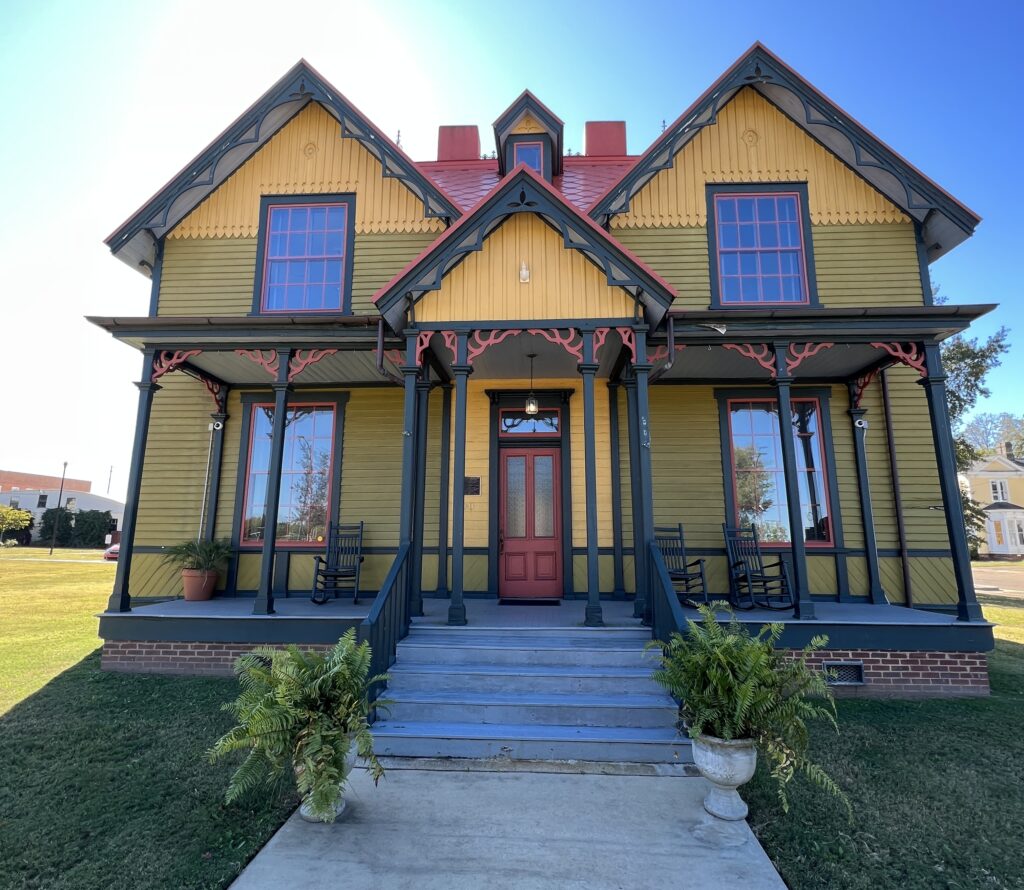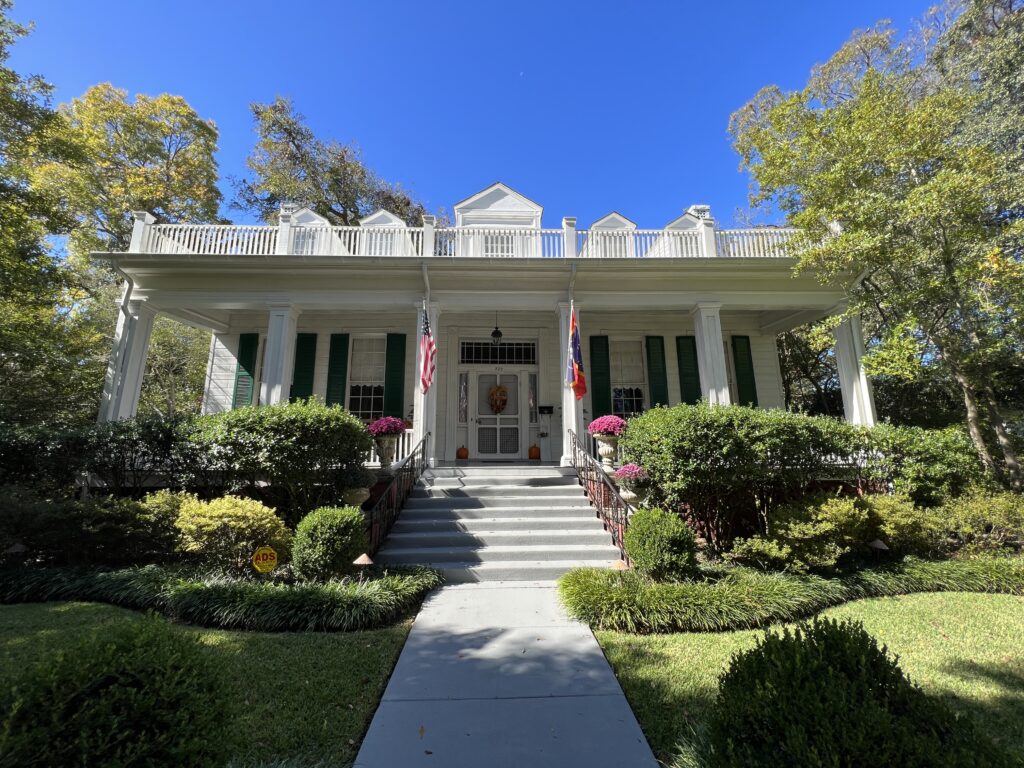- 60 miles
- 7 hours 29 minutes
- 8.2 mph average speed
- 6-13 mph winds
It was a blistering 36 degrees when we left Midway Marina at 6:47AM. We traveled with the same group of Loopers that we had traveled with the day before and transited four locks which each dropped us 25′-30′.
There was a tow ahead of us at the second lock who very kindly let us all go ahead of him. As mentioned in a previous post, commercial traffic has priority and pleasure craft are normally required to wait until the tows lock through before they are allowed to enter the locks. Had the tow captain not been so generous, we would have had to wait a couple of hours for him to get in and out of the lock and for it to be filled back up so that we could enter. Additionally, we would have likely been behind him the rest of the day and would have had to wait for him to lock through at the third and fourth locks as well making an already long day even longer. We were all very grateful that he allowed us to lock through ahead of him!
Our first stop in Columbus was the birthplace of Thomas Lanier “Tennessee” Williams. Tennessee Williams, said to have been the most important American playwright ever, was born in Columbus in 1911. Williams won two Pulitzer Prizes for his plays “Cat on a Hot Tin Roof” (1955) and “A Streetcar Named Desire” (1948). His maternal grandfather was the priest of St. Paul’s Episcopal Church and the home, built in 1875, where Williams lived for the first three years of his life was the church parsonage located next-door to the church. In 1993, the home was in jeopardy of being destroyed to make room for the church’s expansion. Concerned citizens of Columbus rallied together and purchased the home. They then had it moved a couple of blocks and renovated it back to its original glory.


Next, we took a self-guided walking tour of the Southside Historic District. It was an absolutely beautiful day for a walk around the neighborhood! Columbus is filled with beautiful, stately homes from the 1800’s. Columbus was first settled in 1817, and became the Town of Columbus, Alabama in 1819. When the state line was surveyed in 1820, Columbus was found to be in Mississippi and was chartered as a city in Mississippi in 1821. Columbus was sparred much of the destruction that many other cities faced during the Civil War. The city was fiercely defended as a supply point for armaments and munitions and this protection led to its use as a hospital town. Many of the homes and churches were opened to nurse thousands of wounded on both sides after the Battle of Shiloh. Columbus was also home to Confederate General Stephen D. Lee who ordered the first shot at Fort Sumter which effectively started the Civil War.
Below are some of the homes that we saw on our wonderful walk through the neighborhood.







We then walked to Friendship Cemetery which was founded in 1849. Veterans of virtually every war from the War of 1812 to the Persian Gulf War in 1990 are buried there including 2,194 Confederate Soldiers who died of wounds suffered in the Battle of Shiloh fought in April 1862 (Union soldiers were reinterred in the Corinth National Cemetery in 1867). An early memorial ceremony honoring the Civil War soldiers buried in Friendship Cemetery has been credited as the inspiration of the modern day Memorial Day. On April 25, 1866, four Columbus women met to plan a day to honor the Confederate dead. In a spirit of unity and compassion, they decided to honor all fallen soldiers at Friendship Cemetery, placing flowers on both Confederate and Union soldiers’ graves.
Finally, we learned about the Buttahatchee Barn Quilt Trail which consists of about 60 quilt squares painted onto a solid piece of wood and often hung on barns. There are quilt trails in 43 states! While we were not able to take a driving tour around the trail to see the decorated barns, we did find three of the quilt squares in downtown Columbus. We will certainly be on the lookout for Barn Quilt Trails if or when we embark on our next bucket list item of traveling the country in a fifth wheel!


Below are a couple of photos from the Buttahatchee Quilt Trail FaceBook group:

